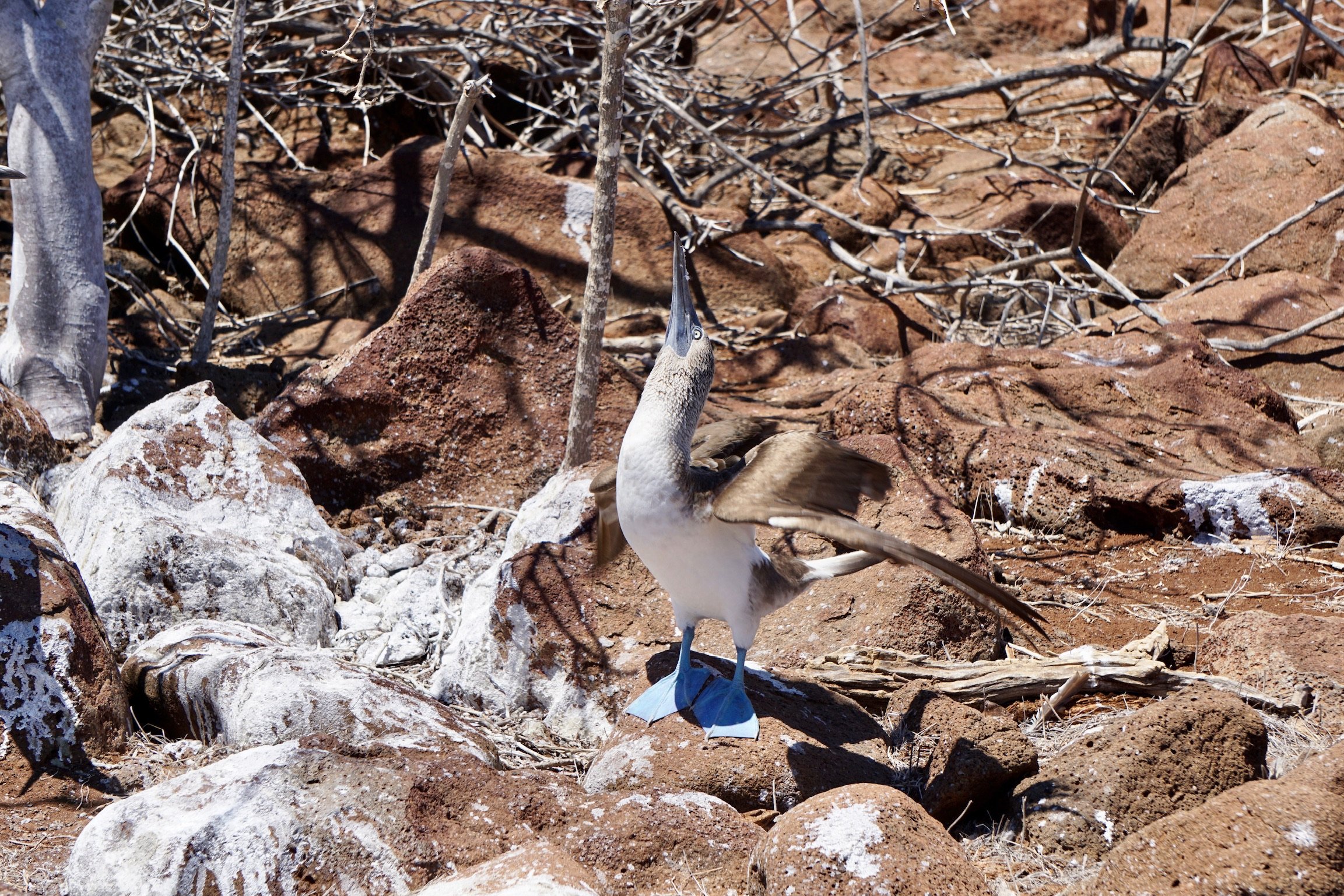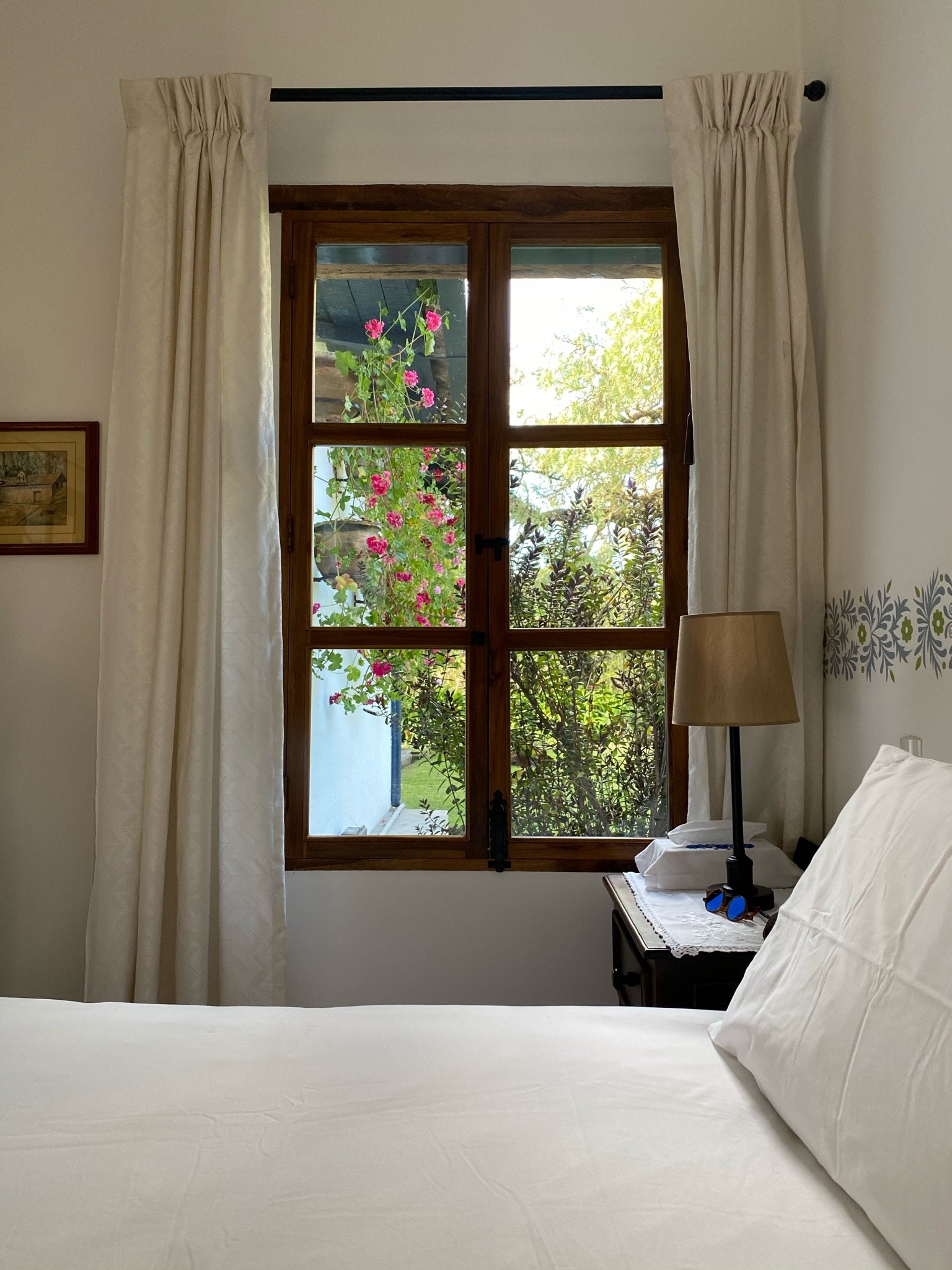Planning a trip to the Galapagos: Insights from my three mother-son trips
There are some places on Earth that are truly unique and feel like stepping into another world. For me, the Galapagos is one of those places. Its remote location, volcanic landscapes, abundance of wildlife, unusual mix of tropical and temperate ecosystems, and pristine nature are simply captivating. I fell in love with this part of Ecuador on a trip with one of my kids to get a student visa, which led to a new tradition: a mother-son trip with each of my sons when they graduated from high school. Each time, we approached the trip slightly differently, and in this blog post, I’ll share the various options we’ve tried and how to decide which might be the best fit for you.
The wildlife
I can’t write about the Galapagos without first mentioning the wildlife, which is truly spectacular. From marine iguanas and sea lions to sharks and turtles in the waters, to birds like finches, blue-footed boobies, and frigate birds, as well as the famous giant tortoises that roam the islands, the sheer variety of animals is incredible.
Much like the savannah of Africa, the Galapagos connects you to nature and wildlife, offering an experience that’s both grounding and awe-inspiring. But while Africa’s wildlife can be unpredictable and demands caution, the Galapagos provides a gentler encounter. Here, animals are often curious and unafraid, allowing you to approach closely without fear. It’s a unique opportunity to connect with nature in a way that few places on Earth allow.
Coastal stays
For our first trip, we opted for a coastal stay at Finch Bay, a beautiful eco-hotel on the shores of Santa Cruz Island. With its secluded location and private yacht for excursions, it was an ideal base. We could easily access nearby beaches for swimming, kayaking, snorkeling, and hiking or hop aboard the yacht to explore other islands and encounter the local wildlife.
If you’re not interested in spending your entire trip on a boat, a coastal stay like this offers the perfect balance. You get to enjoy both land and sea, all in a relaxed setting.
Cruises
For the second trip, we went on an eight-day cruise with Ecoventura, an expedition-style experience aboard their luxurious Relais & Châteaux yachts. With only 10 cabins and 18 guests, it felt intimate and exclusive. The biggest advantage of a cruise is access to more remote islands—places you simply can’t reach if you’re staying on land. The further out you go, the more unique the wildlife becomes. For example, we saw penguins and red-footed boobies on the distant islands—sightings we wouldn’t have had from the coast.
However, there are considerations: if you’re short on time and only have a few days or are prone to seasickness, this may not be the best option for you. That said, if you’re looking to immerse yourself in the most diverse wildlife experiences the Galapagos has to offer, a cruise is definitely worth considering.
In-land stays
My third trip was a stay at Pikaia Lodge, an eco-friendly property perched on the edge of an extinct volcano on Santa Cruz Island. The views were nothing short of spectacular, and the lodge’s infinity pool provided an idyllic spot to soak it all in. One standout feature of Pikaia is its private reserve, the only one of its kind in the Galapagos.
While the lodge also has its own fleet of yachts, the inland location does mean longer drives to key sites, and you won’t be able to venture as far as you would on a multi-day cruise. But for those who want a blend of relaxation and adventure, with access to a variety of activities like beach trips, hiking, and visits to tortoise sanctuaries, this option offers flexibility. It’s particularly well-suited to multigenerational families or travelers who might be looking for as many things to do as possible to keep everybody happy.
Choosing the best option for you
Ultimately, the best way to explore the Galapagos depends on several factors: how much time you have, who you’re traveling with, the type of wildlife you want to see, your preferred style of travel, and your budget. There is no “right” or “wrong” way to experience this magical destination. Whether you opt for a coastal stay, an expedition cruise, or an inland lodge, you’ll be met with unforgettable moments that will stay with you for years to come. If you’re unsure which option suits you best, working with a travel agency like ours can help guide you toward the right experience.
Combining the Galapagos with mainland Ecuador
If you have some extra time, I highly recommend combining your trip to the Galapagos with another part of Ecuador, which I did on two of my three trips. Each extension added something special to our adventures.
On our first trip, we visited Hacienda Zuleta, a stunning 17th-century estate that feels like staying with family. A working farm and former home of Ecuador’s President Galo Plaza Lasso, Zuleta is home to a variety of animals, including its own breed of horses. We also visited their Condor Huasi conservation project, where injured or orphaned condors are rehabilitated—an inspiring way to learn about the country’s conservation efforts while seeing these majestic birds up close.
On our second trip, we explored the Mashpi Cloud Forest Reserve, staying at Mashpi Lodge. This modern, eco-conscious lodge doubles as a research station dedicated to the study and preservation of the rainforest. It’s home to hundreds of bird species, along with newly discovered frogs and orchids found nowhere else in the world. Activities like canopy “sky-biking” and hiking allow you to explore and soak in the beauty and mystery of this ethereal landscape.
Final advice
If you’re planning a trip to the Galapagos, my final advice is simple: embrace the adventure. Be open to new experiences, from getting close to curious wildlife to stepping outside your comfort zone. And don’t overpack—just bring your sense of wonder, your camera, and a carry-on full of essentials, and you’ll have a great time.
Interested in visiting the Galapagos next year? Contact me or the team—we’d love to help you plan the perfect trip!

















































